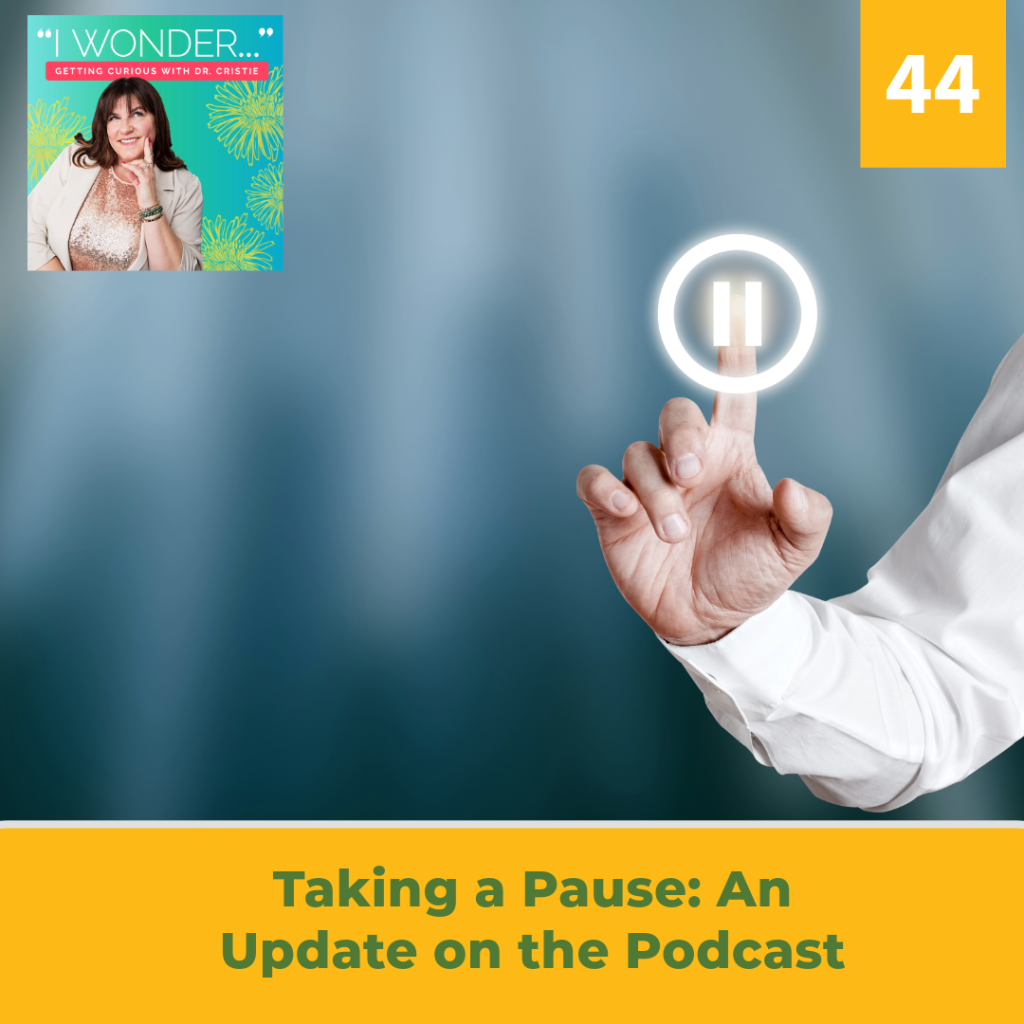
The start of the new year often brings reflections on how we feel—physically, emotionally, and mentally. For many, this season can feel heavy. Are you burned out? Is it depression? Or could it be seasonal affective disorder (SAD)?
Identifying the Signs
Burnout, depression, and SAD share overlapping symptoms like emotional exhaustion, social withdrawal, physical ailments, and cognitive struggles such as brain fog. Burnout is usually linked to specific stressors like work or parenting. Depression often feels pervasive, while SAD follows a seasonal pattern, hitting hardest in the darker, colder months.
My Personal Journey
I used to think my winter misery was about hating the cold. Growing up in a household that loathed the season, I carried that energy into adulthood. But moving to an even colder climate challenged my assumptions. Once I invested in proper winter gear, I realized it wasn’t the cold—it was the lack of light.
A pivotal moment came when I joined a book club during lockdown, discussing the book Wintering. It explored the concept of seasonal rhythms and how life’s ebbs and flows mirror the seasons. It gave me permission to lean into the quiet of winter rather than fighting it.
Small Shifts, Big Impact
Here’s what helped me adapt:
- Light Therapy: Using an affordable light therapy device first thing in the morning helped regulate my circadian rhythm.
- Slow Mornings: Instead of rushing, I enjoy coffee rituals, soft clothes, and peaceful starts to my day.
- Winterizing My Wardrobe: Cozy, layered clothing made being active and outdoors more enjoyable.
- Intentional Planning: Scheduling activities—whether it’s a night out or a bundled-up walk—keeps me engaged with the world.
Finding What Works for You
Not everyone has the same flexibility to adjust their schedule, but small steps matter. Whether it’s wearing your coziest scarf to a child’s hockey game or making time for a walk in the midday sun, these intentional acts can make a difference.
Instead of resisting winter, think about how you can adapt. What small changes can you make to bring light, warmth, and comfort into your life during the darker days?
If seasonal affective disorder or winter blues feel overwhelming, know you’re not alone—and you don’t have to wait for spring to find relief.
Let’s keep the conversation going. Comment below with your winter wellness tips or how you’re adapting to the season.
Until next time, stay curious, stay cozy—you’ve got this!
Cristie XOXO





